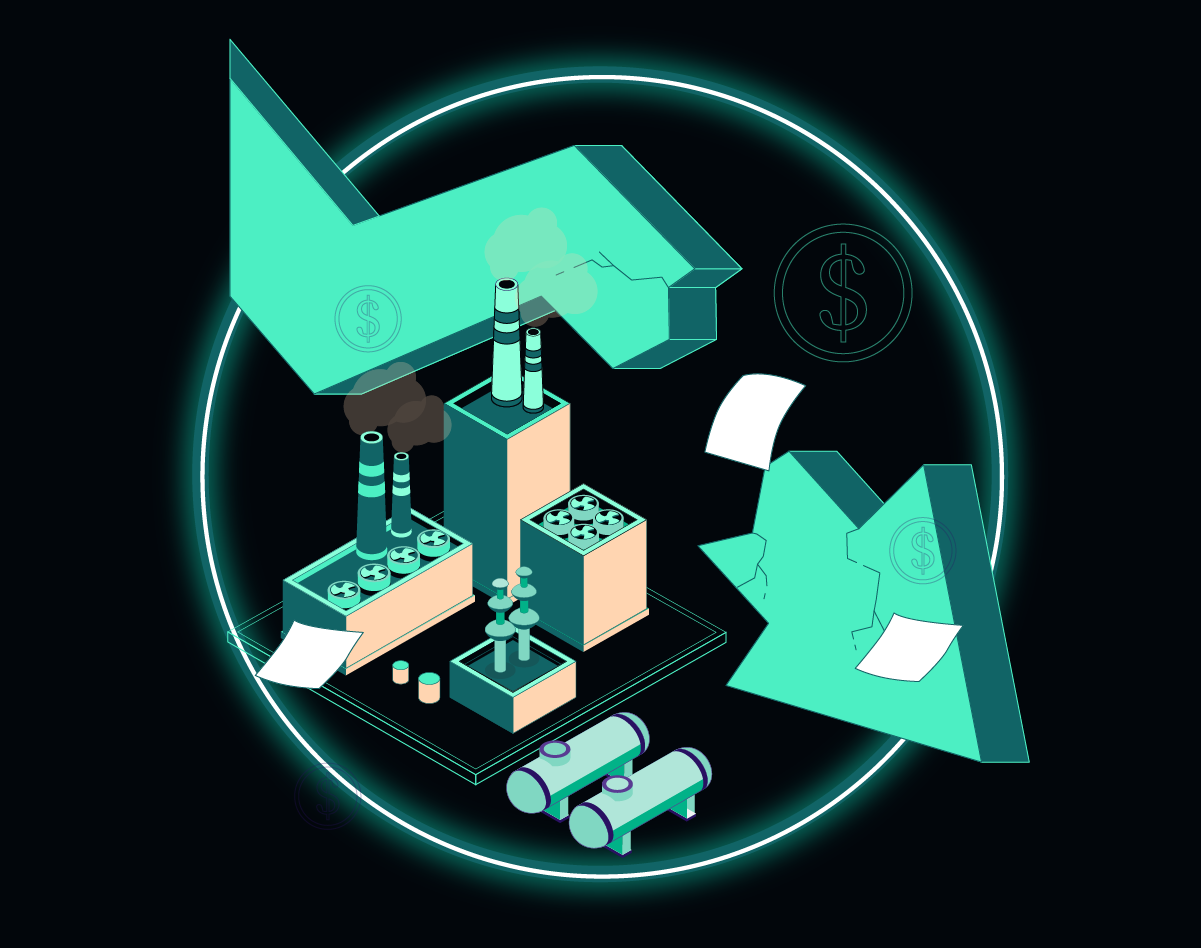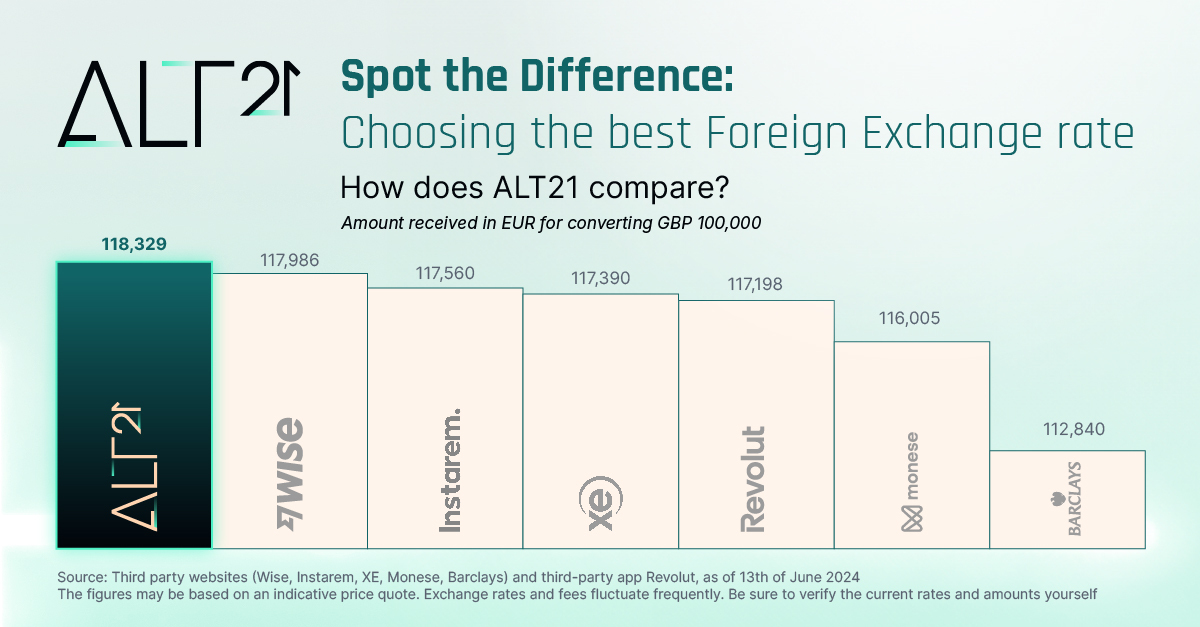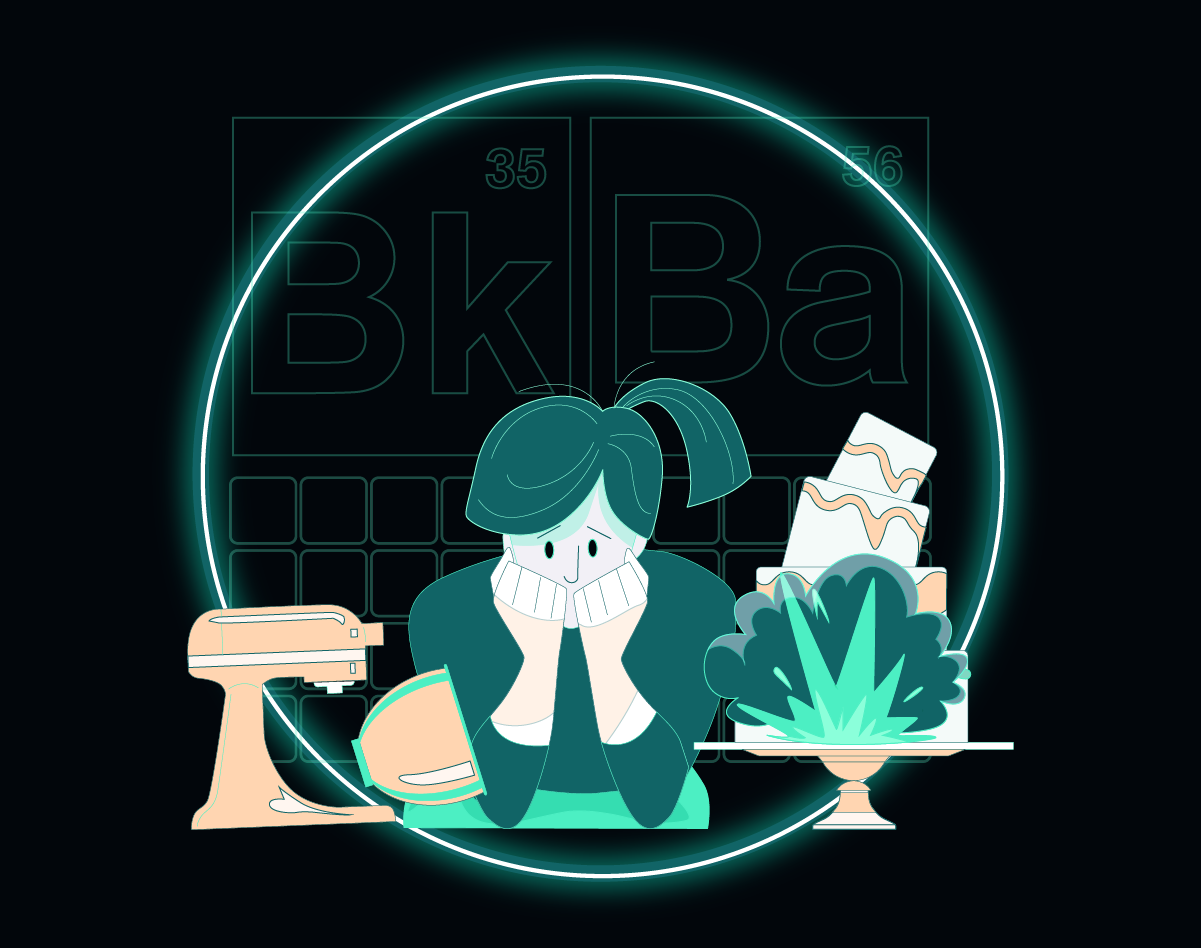Every so often, something happens that sends the energy markets — and the wider economy — into a tailspin.
1973, for instance, the price of oil shot up 300%, triggering a stock market crash, a global recession, and, in the UK, talk of rationing petrol. All because OAPEC — the international organisation of Arab petroleum-exporting countries — decided to stop selling oil to countries they thought were too friendly with Israel.
And, just under two decades later, in 1990, energy prices spiked again and the global economy was back in recession (though a less severe one than in 1973), after Iraq invaded Kuwait.
Fast forward 30 years, and the energy markets are back in deep, deep trouble.
Bills have doubled, several suppliers have gone bankrupt, and 80 million people face the prospect of being unable to afford heating their homes this winter.
So how did we get here?
And what could’ve energy companies done differently to prevent bills from skyrocketing and save their businesses?
A Covid affair
Like many of our current economic woes, the energy crisis has its roots in the Covid-19 pandemic.
In the pandemic’s early stages, entire industries shut down or greatly reduced their output, so energy demand collapsed. For one jaw-dropping moment in April 2020, oil — arguably the world’s most valuable commodity — was trading at -$37.63 a barrel. Yes, that’s not a typo.
Natural gas production dropped too, though not to the same levels as oil. This was partly because demand decreased, and partly because a significant proportion of oil wells also produce natural gas. So, a decline in oil production led to a decline in natural gas production.
Once Covid-19 infections went down and vaccines started promising a return to relative normality, economies opened up and demand for energy soared.
This wouldn’t normally have been a problem.
But as we’ve been told repeatedly over the past two years, these aren’t normal times. In the ultimate embodiment of sod’s law, worldwide uptick in industrial demand for energy coincided with a series of unfortunate events.
Europe and the UK — both of which are heavily dependent on gas for heating — experienced an unusually long, cold winter.
This was followed by the driest weather in 70 years, which cut renewable energy production by 32% at a time when many countries are trying to reduce their reliance on fossil fuels.
To top it off, Russia, which provides Europe with a third of its natural gas, has refused to increase supplies, prompting accusations it’s flexing its political muscles (which Putin, of course, strenuously denies).
The end of the (pipe)line
The combination of soaring demand and low supply has caused energy prices to spike.
Across Europe, wholesale energy prices have increased by more than 600%.
And in the UK, the problem is even worse, for two reasons.
Firstly, at 2% of annual demand, the country has one of the lowest natural gas storage capacities in Europe. This means it’s more reliant on imports.
In a twist worthy of Agatha Christie, in September 2021 a large fire knocked out a major cable bringing power into the UK from France, wreaking havoc on these crucial imports.
Secondly, the energy price cap, which is set by energy regulator Ofgem twice yearly, limits how much energy companies can charge their customers.
Unfortunately, wholesale prices went over the price cap, so those energy suppliers who hadn’t planned ahead found themselves having to sell power for less than they were buying it.
Making your own luck
While conditions for energy suppliers have never been less favourable, many of those that ended up going bankrupt could’ve avoided it by hedging.
Had they hedged, they’d have bought energy in advance for a known — and fixed — cost. And this would’ve made it possible to avoid wholesale price spikes, budget accurately, and stay profitable.
All while keeping prices stable for customers.
Unfortunately, a report suggests one in four UK households gets their energy from suppliers who haven’t hedged.
That’s asking for trouble. At current rates, a company with one million customers would have an outlay of £1 billion to recoup — more than the profits of all big six energy suppliers put together.
But even for those companies that do hedge, hedging isn’t a guarantee they won’t run out of gas road.
Consider Bulb.
According to the special administrator’s report — as the seventh largest energy provider in the UK, the company was deemed too big to fail and temporarily nationalised — they wouldn’t have gone bust if they had got their hedging strategy right.
Bulb hedged on a rolling 6-month basis. In other words, the company bought its supply of energy six months in advance.
This worked well for as long as wholesale prices were reasonable. But once prices spiraled out of control, the company didn’t have enough time to hedge appropriately.
As the special administrator put it, Bulb should’ve hedged earlier than it did. By hedging too late, they got caught out and were forced to buy energy at unsustainable rates.
Timing is everything
With supply and demand at the mercy of natural disasters, politics, social issues, and a laundry list of other interconnected factors, energy production is inherently risky at the best of times. Which is why it’s smart to hedge.
But the bigger lesson is that when you hedge is fundamental to the success or failure of your strategy.
So, next time you think your business might be at risk — whether it’s from a spike in the price of natural gas, foreign exchange rate fluctuations, or something else — don’t leave it to the last minute.
Nobody can ever be sure what the future will bring. But by hedging today, you can give yourself the best chance of success should things not go your way tomorrow.
At Assure Hedge, we’ve developed a comprehensive suite of products that make it simple to hedge effectively… and in time.
Find out how one of our partners can help – powered by our technology platform.



